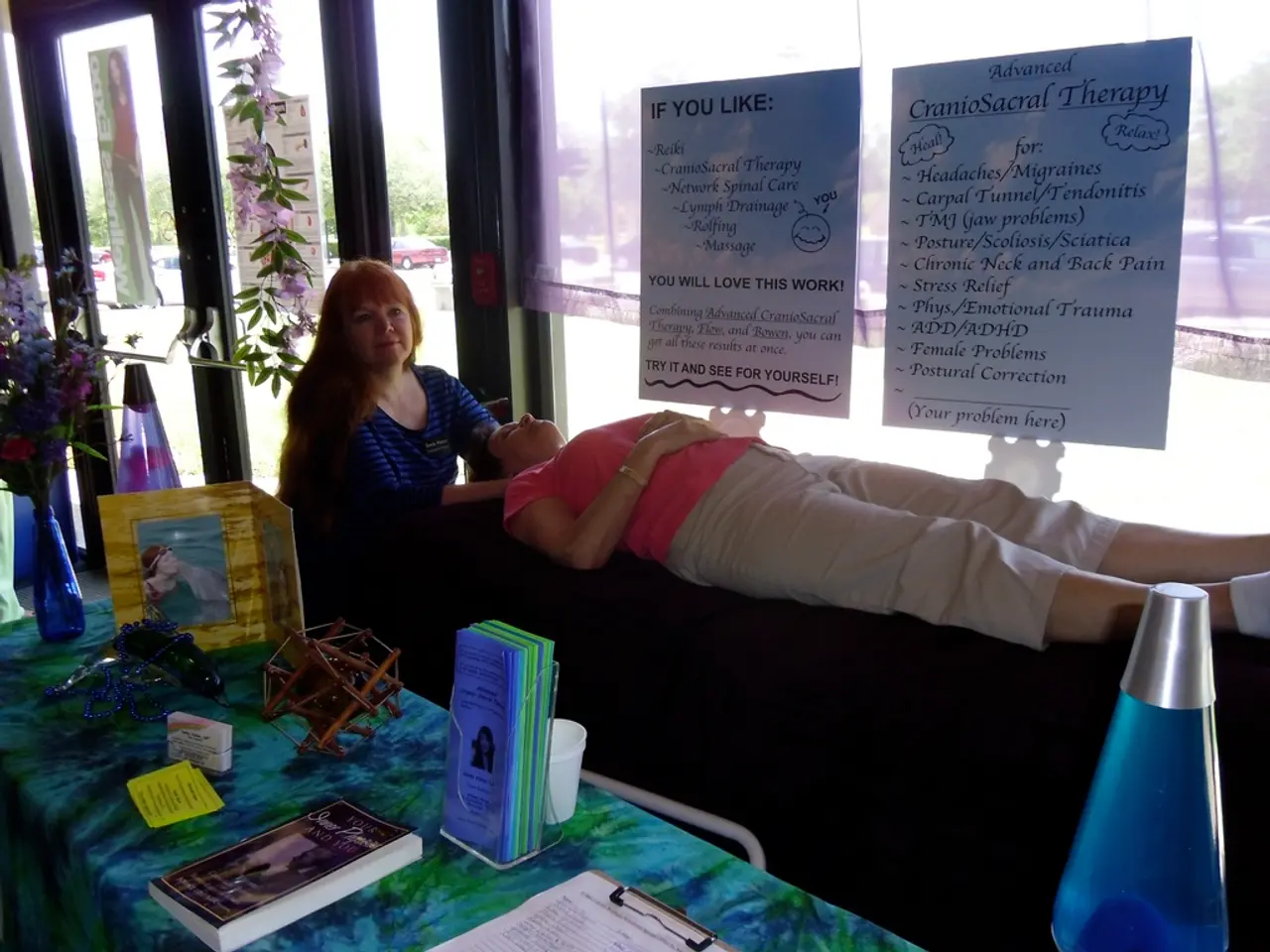Navigating Life with Borderline Personality Disorder
In Germany, it is estimated that between 0.7% and 2.7% of the population live with Borderline Personality Disorder (BPD), a mental health condition that affects mood, behavior, self-image, and relationships. Women are more frequently affected than men, with an estimated 15,000 to 58,000 people in Saxony-Anhalt living with the disorder.
BPD is often characterized by a lack of self-control, fear of abandonment, black-and-white thinking, and intense, difficult-to-manage emotions. These symptoms can lead to extreme or irrational behavior, relationship troubles, and chronic health issues such as diabetes, heart disease, arthritis, and obesity.
People with BPD may also live with other mental health conditions such as anxiety, depression, bipolar disorder, and eating disorders. It is not uncommon for them to experience job losses, breakups, divorce, estrangement from family members, and other relationship problems.
Cognitive behavioral therapy (CBT) can help individuals with BPD sort out distorted thinking, problem-solve in difficult situations, learn to adopt a more flexible mindset, and develop confidence in their abilities. Dialectical behavior therapy (DBT) is another effective treatment that helps people with BPD learn to tolerate distress, accept things they can't control, and regulate their emotions.
Transference-focused psychotherapy, Systems Training for Emotional Predictability and Problem Solving (STEPPS), schema-focused therapy, supportive psychotherapy, and mentalization-based therapy are other therapies for treating BPD. Medications such as antidepressants, anti-anxiety medications, mood stabilizers, and antipsychotics may also be used to treat the co-occurring mental health conditions that often accompany BPD.
BPD is often misunderstood and stigmatized, and it can be difficult to diagnose due to its potential co-occurrence with other mental illnesses. If you think you might have BPD, a healthcare professional can diagnose the condition and help you treat it. With help, you can learn to manage the condition and your emotions, and improve your relationships.
Self-care activities like journaling, knowing your triggers, creating a care box, getting outside in nature, making sure you get plenty of exercise, and managing stress can help reduce symptoms of BPD. Stress may trigger BPD symptoms, so learning to manage and pay particular attention to life stressors are especially important for individuals with BPD.
People with BPD who are not getting treatment may engage in self-injurious behaviors, including substance use, spending beyond their means, reckless driving, sex with multiple partners that is harmful to themselves or others, and binge eating. If you're having thoughts of suicide or self-harm, help is available through the 988 Suicide and Crisis Lifeline, Crisis Text Line, Befrienders Worldwide, or the Suicide Stop International Help Center.
It is important to note that with treatment, many people with BPD have significant improvements in symptoms over time, and many people can and do recover from BPD. Sticking with treatment is crucial to making headway with the disorder, as continuing with therapy and medication may be even more important if you have other co-occurring mental health conditions.
SAMHSA's Disaster Distress Hotline (800-985-5990) is a resource for connecting with a trained professional from the crisis counseling center. If you or someone you know is struggling with BPD, remember that help is available, and recovery is possible.
Read also:
- visionary women of WearCheck spearheading technological advancements and catalyzing transformations
- Recognition of Exceptional Patient Care: Top Staff Honored by Medical Center Board
- A continuous command instructing an entity to halts all actions, repeated numerous times.
- Oxidative Stress in Sperm Abnormalities: Impact of Reactive Oxygen Species (ROS) on Sperm Harm








